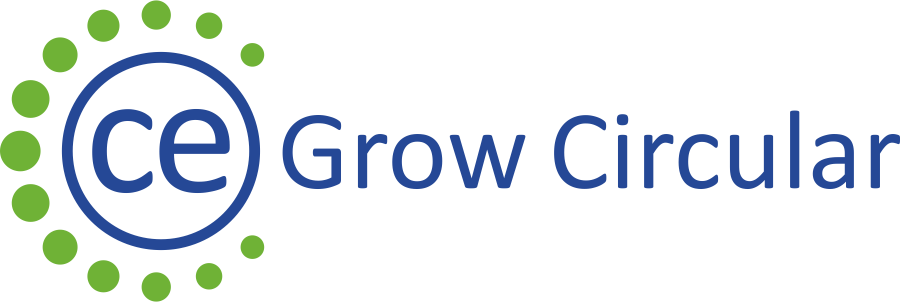In the following part some innovative solutions for a more sustainable and better service system in the field of mobility and transport in a city are presented.
Circular support models
Urban transport is responsible for almost half of urban energy consumption and 90% of city dwellers are exposed to harmful air pollution. New information and communication technologies will make it possible to share cars (Car-Sharing) or their own vehicles, and ICT platforms will make it easier for freight carriers to bundle their goods in order to maximize vehicle utilization and minimize freight kilometres. Such models of promoting the cycle will reduce the number of cars and trucks on the roads and the total number of kilometres driven, resulting in less congestion and less air pollution in cities. [11]
Circular design models
Mobile goods design is key to realizing the benefits of moving to a circular economy. Such a circular design aims to remove waste and pollution from the system and to extend the life, use and value of mobility systems. The infrastructure must be designed for emission-free means of transport, while the vehicles must be designed for maximum potential use. With modular product design and the possibility of reprocessing the materials used as well as facilitating shared used, the circular design models can be implemented. [11]
Shared mobility
Many cities were designed or redesigned on the basis of private vehicles: more lanes, areas reserved for parking spaces, public or private parking spaces, displacement of pedestrian zones.Cities must go through a redesign process based on urban development criteria that place clean and shared mobility above the previous prioritization of road traffic. There will be networks, shared car, and bike services, and plans for a fully public transportation system as well. [12]



